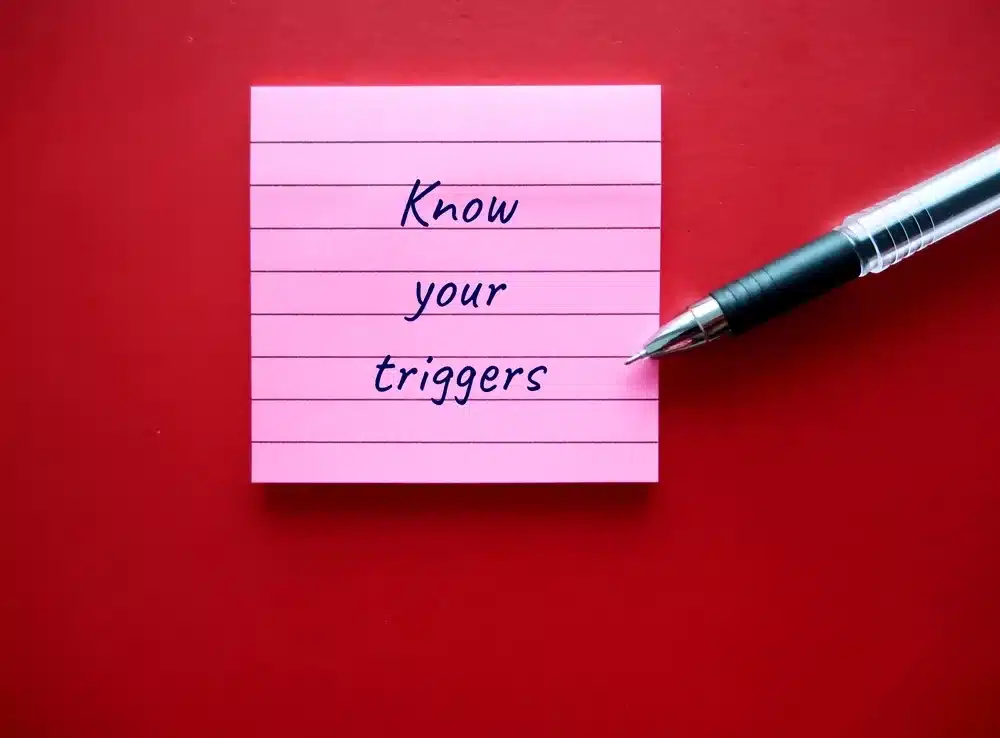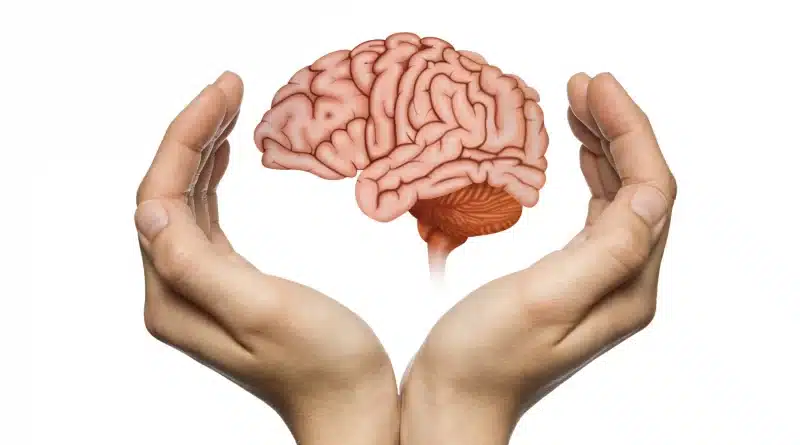
How to Manage ADHD Symptoms While Traveling
Traveling often brings new experiences and adventures. However, for individuals with Attention-Deficit/Hyperactivity Disorder (ADHD), it can also pose unique challenges. ADHD is a neurodevelopmental disorder characterized by persistent patterns of inattention, impulsivity, and hyperactivity. Navigating through unfamiliar environments, adjusting to different time zones, and maintaining a routine can be particularly difficult. This article aims to provide valuable tips and strategies to manage ADHD symptoms effectively while traveling, ensuring a more enjoyable and stress-free journey.
Table of Contents

How to Manage ADHD Symptoms While Traveling
Understanding ADHD and Travel Challenges
ADHD can make the planning and execution of travel more challenging. The need for constant stimulation, difficulty with organization, forgetfulness, and impulsivity can complicate travel plans. However, by understanding these challenges and implementing effective strategies, individuals with ADHD can manage their symptoms and enjoy their travels.
Planning Ahead: Start planning your trip well in advance. Create a detailed itinerary including flight details, accommodations, and activities. Make sure to save your work in your phone in one place that is easy to find. This helps to reduce anxiety and provides a clear plan to follow. Once you have your basics figured out, you can feel free to follow the stimuli as your brain sees fit.
Packing Early: Begin packing several days before departure. Use a checklist to ensure that nothing essential is forgotten. Packing cubes or organizers can help keep luggage orderly and easy to navigate. Make sure to pack in a way that makes it possible to reach most items without ruining the organization of the rest of your things.
Maintaining Routine: Mainly sleep. Try to maintain your regular sleep and meal routines as much as possible. This can help manage ADHD symptoms and reduce the risk of becoming overwhelmed.
Regular Breaks: Incorporate regular breaks during travel days to allow for downtime. This can be anything from a spa day to a night in ordering room service. This goes a long way to help manage anxiety, hyperactivity and impulsivity.
Physical Activity: Engage in physical activity, such as walking or stretching, especially during long flights or car rides. This can help manage restlessness and promote focus.

Prepared for Travel Basics
Reminders and Alarms: Use alarms or reminders on your phone for important tasks or events, such as taking medication or catching a flight.
Medication: If you’re on medication for ADHD, make sure to carry enough for the duration of the trip. Keep your medication in your carry-on bag to ensure it’s always accessible.
Emergency Contact Information: Carry a list of emergency contacts, including your doctor’s contact information, in case of any unforeseen situations.
Strategies to Facilitate Enjoyable Travel Experience
Choose ADHD-Friendly Destinations: Consider destinations that offer a variety of activities and stimulation, which can cater to the need for novelty and excitement often associated with ADHD.
Use Technology: Make use of travel apps and technology to stay organized. Apps can provide reminders, directions, and suggestions for local attractions, reducing the need to remember details and decreasing stress.
Recommended Apps:
- Evernote: This app is ideal for keeping all your travel information neat and organized. You can even clip and save details about places you want to visit from the web.
- Google Maps: A must-have app while traveling. It provides detailed maps, directions, and information on public transportation.
- TripIt: This app makes it easy to manage your itinerary. Just forward your travel confirmation emails to TripIt, and it will create a master itinerary for you.
- Wunderlist: A helpful app for list-making. You can create packing lists, itinerary details, or to-do lists and check off tasks as you complete them.
- Duolingo: If you’re traveling to a country with a different language, Duolingo can help you learn key phrases to improve your communication skills.
- Headspace: Travel can be stressful, and Headspace can assist with managing that stress. It offers a variety of mindfulness and meditation practices that can be particularly helpful for individuals with ADHD.
Which brings us to our next points:
Mindfulness and Relaxation Techniques: Practice mindfulness and relaxation techniques, such as deep breathing or meditation, to manage anxiety and stay focused.
Self-Care: Prioritize self-care during your travels. Ensure you’re eating nutritious meals, getting enough sleep, and taking time for relaxation.
Conclusion
Traveling can be a daunting task for individuals with ADHD, but it doesn’t have to be! By implementing these helpful strategies and tips, you can successfully manage your symptoms and make the most of your journey. Wherever your travels may take you, remember that you are capable and prepared! Bon voyage!
